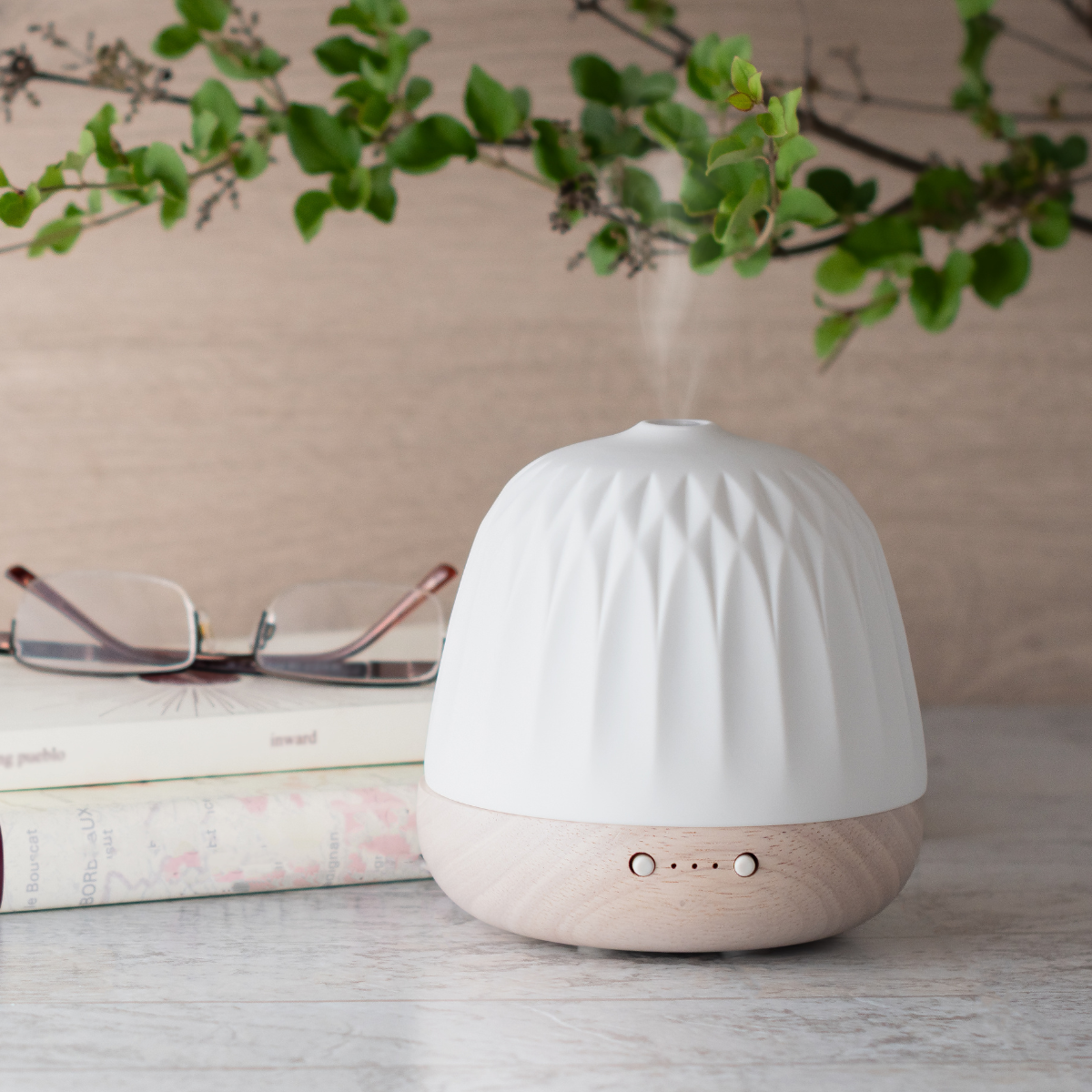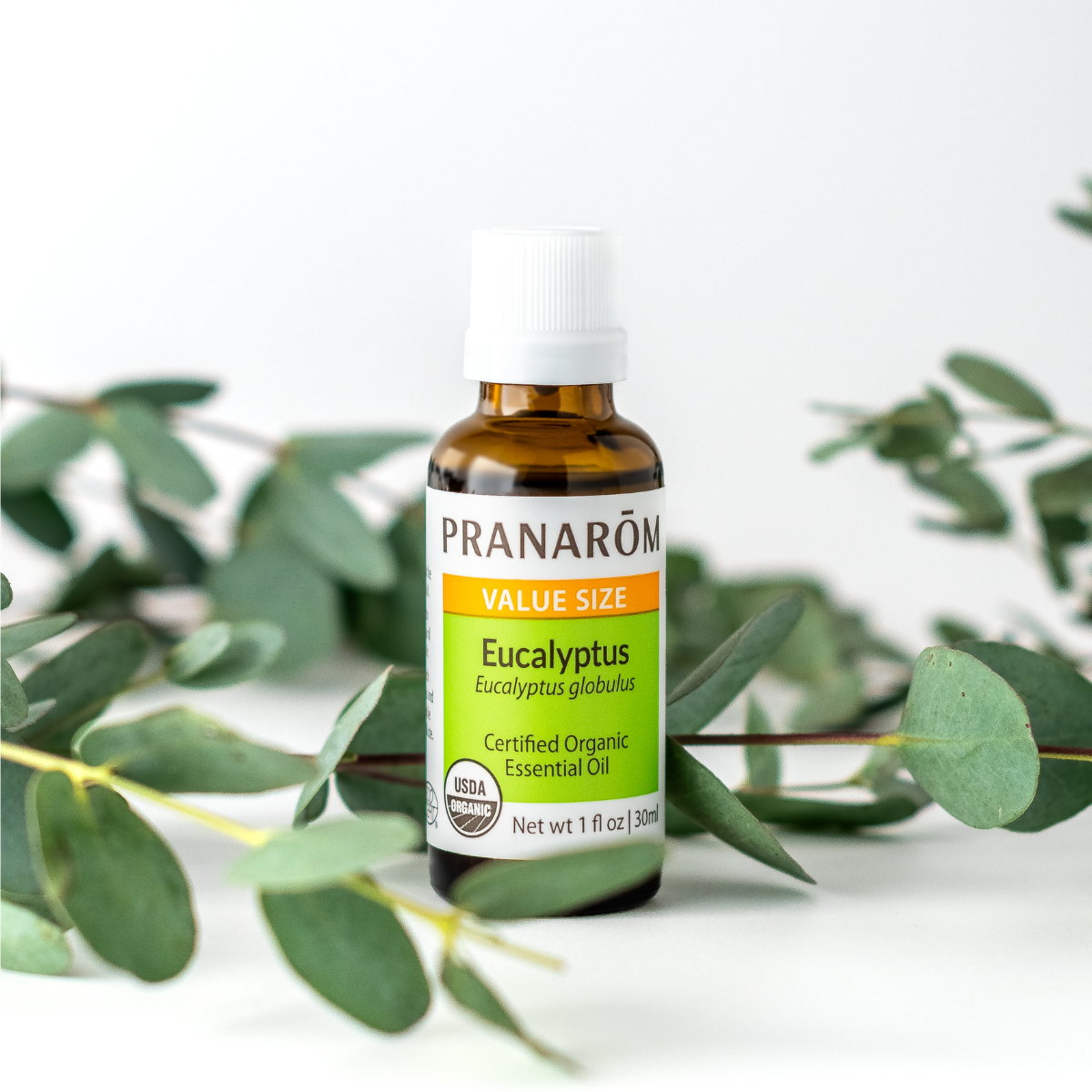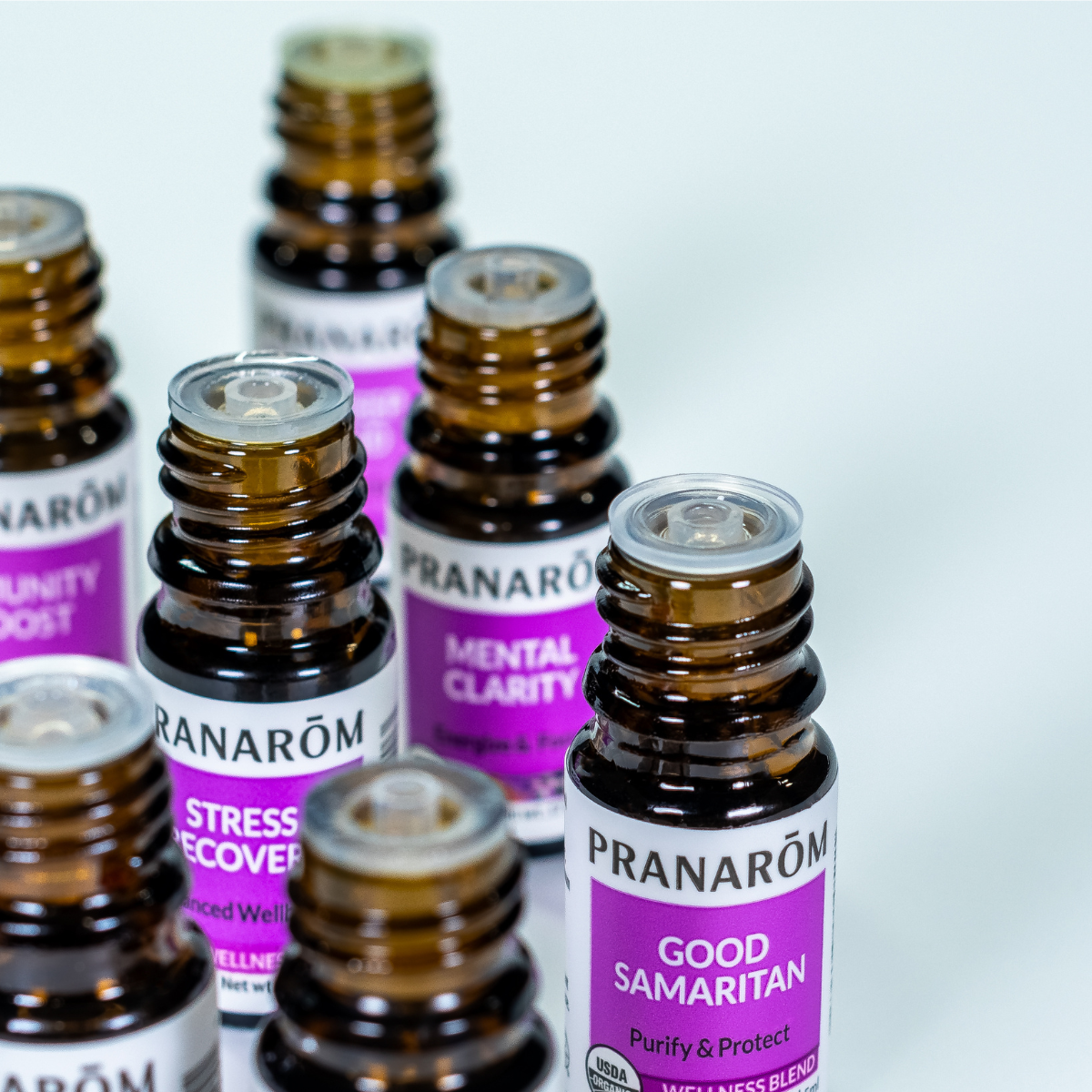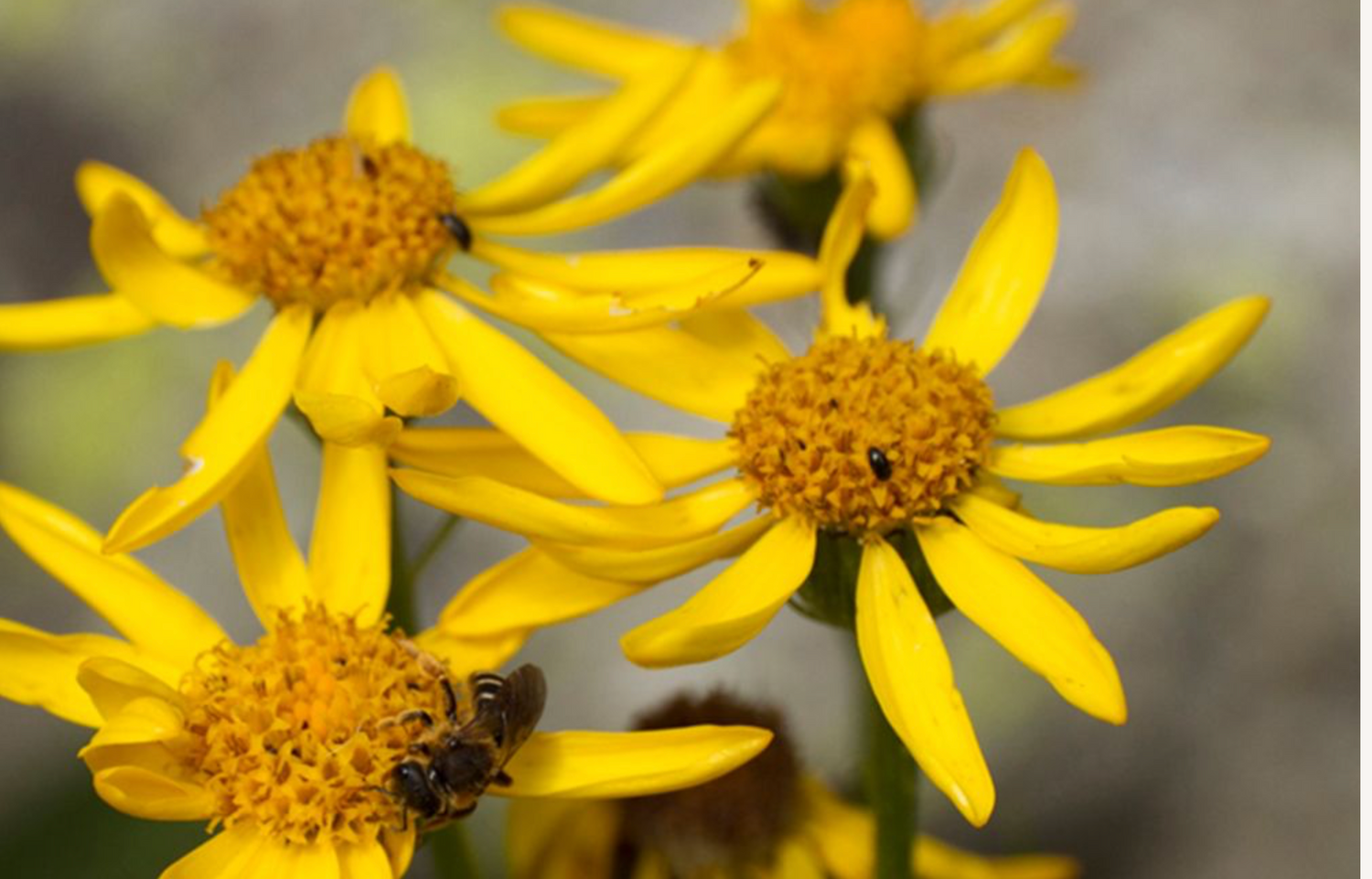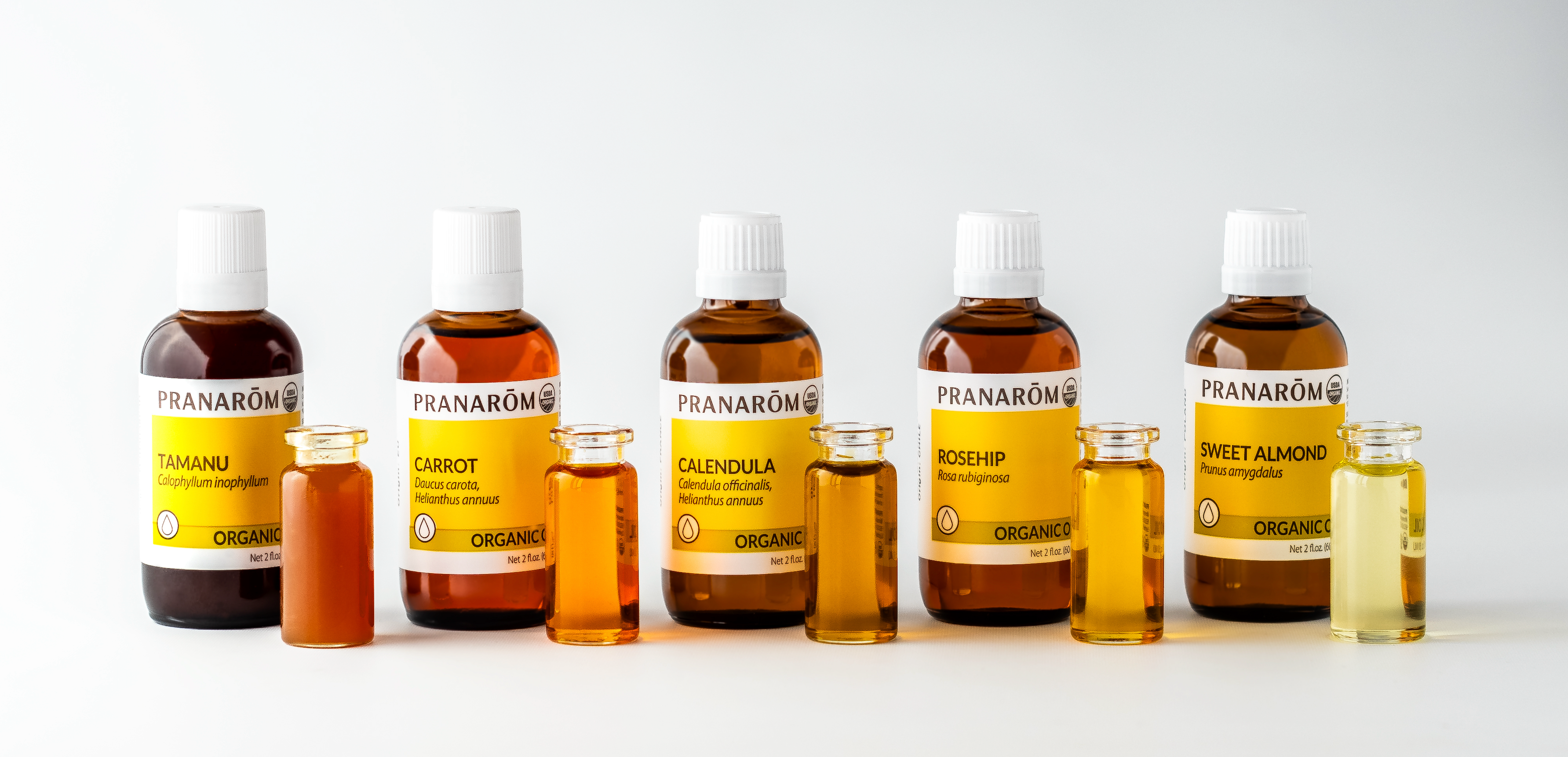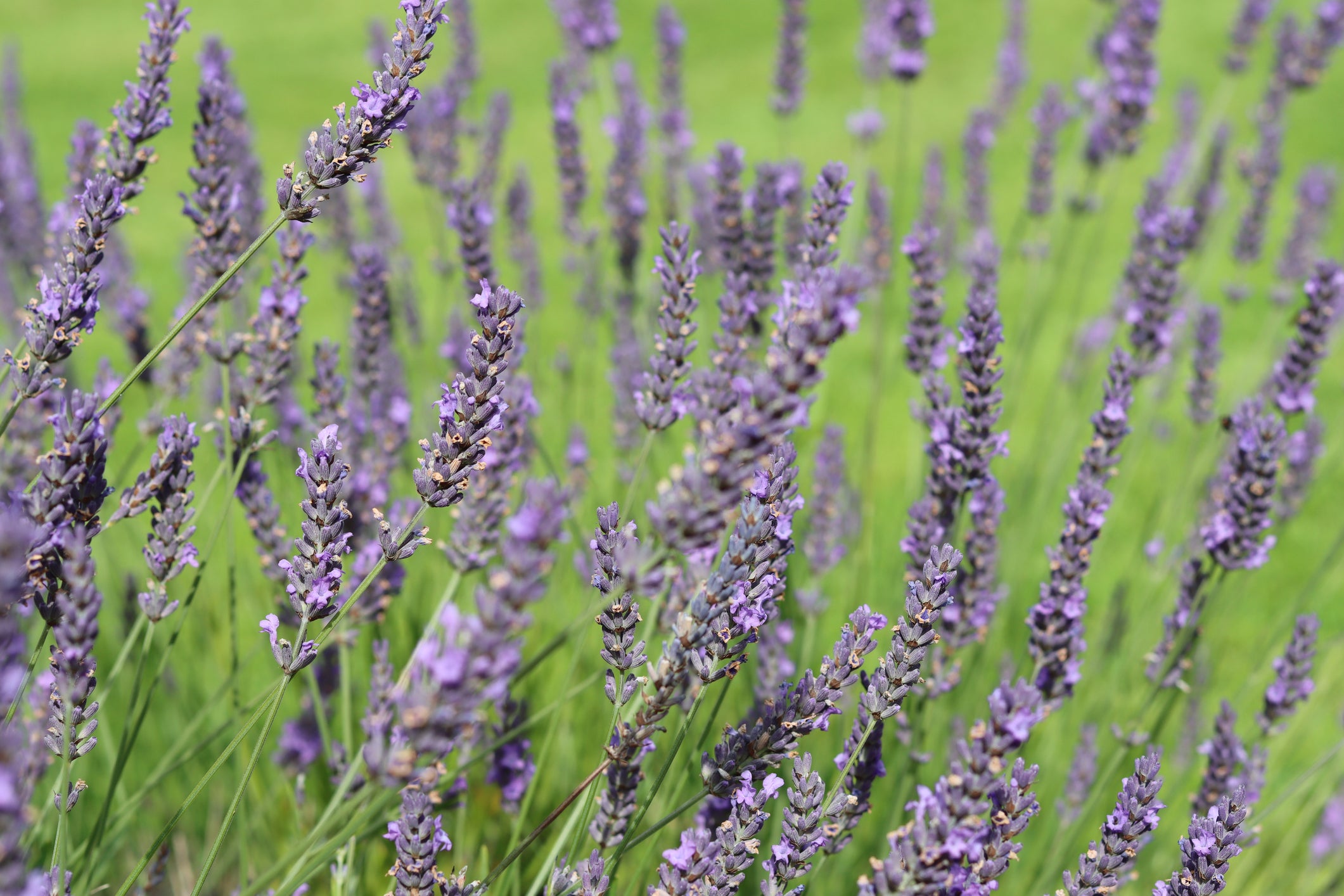Don't let its appearance fool you: this gorgeous yellow flower atop a 20-inch stem called "mountain arnica" is a plant for adventurers! A true treasure of mountainous regions, you'll need to be daring to pick it, as this yellow-orange plant packs a strong odor, is covered with bristly hairs, and can only be found at altitudes of around 2,600 feet or higher.
What are Arnica's active molecules?
Like most plant extracts, arnica extract contains a large number of active molecules. Arnica montana's most widely recognized molecules go by the name of "sesquiterpene lactones" (SQL for short). These are the molecules that give arnica its highly prized anti-inflammatory properties, as well as its benefits to the circulatory system. [20]
How to identify the quality of extracts?
The quality of an arnica extract will obviously depend on the quality and quantity of the flowers cultivated. However, it's the concentration of active molecules (SQL) that determines the ultimate quality. Indeed, this is the only guarantee of the extract's benefits. The concentration of active molecules is therefore essential.
How do we ensure the quality of our extracts?
Depending on a number of parameters, the quantity of active molecules in arnica flowers can vary from one year to the next. This means that even an extract obtained from a consistent quantity of flowers will have varying effectiveness.
To ensure optimum effectiveness of arnica oil, Pranarôm does not rely on the quantity of flowers, but on the quantity of their active molecules. If they turn out to be less rich in active molecules, we simply add more flowers. This process guarantees consistent quality in every bottle.
Different ways of using Arnica:
Arnica is traditionally recommended in cases of trauma, bruising, and joint and muscle concerns. However, there are two different types of preparations and ways of using arnica which we detail below.
Homeopathic preparations:
Homeopathic preparations are mainly available in granule form, containing arnica in infinitesimal quantities. The postulate of homeopathy is that a substance which is toxic in high doses will have a curative and therefore positive effect in very low concentrations.
Nevertheless, the effectiveness of homeopathic arnica is still a matter of debate within the scientific community. Indeed, the experimental results obtained to date do not allow us to state with certainty that this approach is effective. [1-8]
Phytotherapeutic preparations:
Phytotherapeutic extracts include mother tinctures (maceration of flowers in alcohol), oily macerates (maceration of flowers in plant oil) and any other extract containing a significant quantity of active molecules.
Thus, unlike homeopathic preparations, the active molecules' anti-inflammatory benefits present in this type of extract have been reported on numerous occasions by the scientific community. [9-16]
In phytotherapy, extracts are applied to the skin pure or in dilution. The molecules can then act directly on the area in question, providing a localized effect. [17-19]
Pranarom's arnica is an oily macerate. Learn more about it here!
References
[1] Marzotto M, Bonafini C, Olioso D, Baruzzi A, Bettinetti L, Di Leva F, Galbiati E, Bellavite P. (2016) – “Arnica montana Stimulates Extracellular Matrix Gene Expression in a Macrophage Cell Line Differentiated to Wound-Healing Phenotype.” PLoS One. 2016 Nov 10;11(11):e0166340. doi: 10.1371/journal.pone.0166340. eCollection 2016.
[2] Iannitti T, Morales-Medina JC, Bellavite P, Rottigni V, Palmieri B. (2016) – “Effectiveness and Safety of Arnica montana in Post-Surgical Setting, Pain and Inflammation.” Am J Ther. 2016 Jan-Feb;23(1):e184-97. doi: 10.1097/MJT.0000000000000036.
[3] Chaiet SR, Marcus BC. (2016) – “Perioperative Arnica montana for Reduction of Ecchymosis in Rhinoplasty Surgery.” Ann Plast Surg. 2016 May;76(5):477-82. doi: 10.1097/SAP.0000000000000312.
[4] Bellavite P, Marzotto M, Bonafini C. (2018) – “Arnica montana experimental studies: confounders and biases?” J Integr Med. 2018 Mar;16(2):72-76. doi: 10.1016/j.joim.2018.01.001. Epub 2018 Feb 21.
[5] Olioso D, Marzotto M, Bonafini C, Brizzi M, Bellavite P. (2016) – “Arnica montana effects on gene expression in a human macrophage cell line. Evaluation by quantitative Real-Time PCR.” Homeopathy. 2016 May;105(2):131-47. doi: 10.1016/j.homp.2016.02.001. Epub 2016 Mar 14.
[6] Tsintzas D, Vithoulkas G. (2017) – “Treatment of Postoperative Sore Throat With the Aid of the Homeopathic Remedy Arnica montana: A Report of Two Cases.” J Evid Based Complementary Altern Med. 2017 Oct;22(4):926-928. doi: 10.1177/2156587217735986. Epub 2017 Nov 2.
[7] Chirumbolo S, Bjørklund G. (2017) – “Homeopathic Arnica from Boiron and post-operative bleeding in mastectomized women in Milan: Statistical flaws and bias to be addressed.” J Tradit Complement Med. 2017 May 19;8(1):1-3. doi: 10.1016/j.jtcme.2017.05.001. eCollection 2018 Jan.
[8] Chirumbolo S, Bjørklund G. (2018) – “Bias and misleading concepts in an Arnica research study. Comments to improve experimental Homeopathy.” J Ayurveda Integr Med. 2018 Jan – Mar;9(1):75-80. doi: 10.1016/j.jaim.2017.01.014. Epub 2018 Feb 26. Review.
[9] Sharma S, Arif M, Nirala RK, Gupta R, Thakur SC. (2016) – “Cumulative therapeutic effects of phytochemicals in Arnica montana flower extract alleviated collagen-induced arthritis: inhibition of both pro-inflammatory mediators and oxidative stress.” J Sci Food Agric. 2016 Mar 30;96(5):1500-10. doi: 10.1002/jsfa.7252. Epub 2015 May 29.
[10] Klaas CA, Wagner G, Laufer S, Sosa S, Della Loggia R, Bomme U, Pahl HL, Merfort I. (2002) – “Studies on the anti-inflammatory activity of phytopharmaceuticals prepared from Arnica flowers.” Planta Med. 2002 May;68(5):385-91.
[11] Jäger C, Hrenn A, Zwingmann J, Suter A, Merfort I (2009) – “Phytomedicines prepared from Arnica flowers inhibit the transcription factors AP-1 and NF-kappaB and modulate the activity of MMP1 and MMP13 in human and bovine chondrocytes.” Planta Med. 2009 Oct;75(12):1319-25. doi: 10.1055/s-0029-1185668. Epub 2009 May 8.
[12] Zwicker P, Schultze N, Niehs S, Albrecht D, Methling K, Wurster M, Wachlin G, Lalk M, Lindequist U, Haertel B. (2017) – “Differential effects of Helenalin, an anti-inflammatory sesquiterpene lactone, on the proteome, metabolome and the oxidative stress response in several immune cell types.” Toxicol In Vitro. 2017 Apr;40:45-54. doi: 10.1016/j.tiv.2016.12.010. Epub 2016 Dec 18.
[13] Lyss G, Schmidt TJ, Merfort I, Pahl HL. (1997) – “Helenalin, an anti-inflammatory sesquiterpene lactone from Arnica, selectively inhibits transcription factor NF-kappaB.” Biol Chem. 1997 Sep;378(9):951-61.
[14] Drogosz J, Janecka A. (2019) – “Helenalin – A Sesquiterpene Lactone with Multidirectional Activity.” Curr Drug Targets. 2019;20(4):444-452. doi: 10.2174/1389450119666181012125230.
[15] Lim CB, Fu PY, Ky N, Zhu HS, Feng X, Li J, Srinivasan KG, Hamza MS, Zhao Y. (2012) – “NF-κB p65 repression by the sesquiterpene lactone, Helenalin, contributes to the induction of autophagy cell death.” BMC Complement Altern Med. 2012 Jul 11;12:93. doi: 10.1186/1472-6882-12-93.
[16] Berges C, Fuchs D, Opelz G, Daniel V, Naujokat C. (2009) – “Helenalin suppresses essential immune functions of activated CD4+ T cells by multiple mechanisms.” Mol Immunol. 2009 Sep;46(15):2892-901. doi: 10.1016/j.molimm.2009.07.004. Epub 2009 Aug 5.
[17] Wagner S, Suter A, Merfort I. (2004) – “Skin penetration studies of Arnica preparations and of their sesquiterpene lactones.” Planta Med. 2004 Oct;70(10):897-903.
[18] Wagner S, Merfort I. (2007) – “Skin penetration behaviour of sesquiterpene lactones from different Arnica preparations using a validated GC-MSD method.” J Pharm Biomed Anal. 2007 Jan 4;43(1):32-8. Epub 2006 Aug 23.
[19] Bergonzi MC, Bilia AR, Casiraghi A, Cilurzo F, Minghetti P, Montanari L, Vincieri FF. (2005) – “Evaluation of skin permeability of sesquiterpenes of an innovative supercritical carbon dioxide Arnica extract by HPLC/DAD/MS.” Pharmazie. 2005 Jan;60(1):36-8.
[20] Schröder H, Lösche W, Strobach H, Leven W, Willuhn G, Till U, Schrör K. (1990) – “Helenalin and 11 alpha,13-dihydrohelenalin, two constituents from Arnica montana L., inhibit human platelet function via thiol-dependent pathways.” Thromb Res. 1990 Mar 15;57(6):839-45.
[21] Seemann A, Wallner T, Poschlod P, Heilmann J. (2010) – “Variation of sesquiterpene lactone contents in different Arnica montana populations: influence of ecological parameters.” Planta Med. 2010 May;76(8):837-42. doi: 10.1055/s-0029-1240797. Epub 2010 Jan 25.

